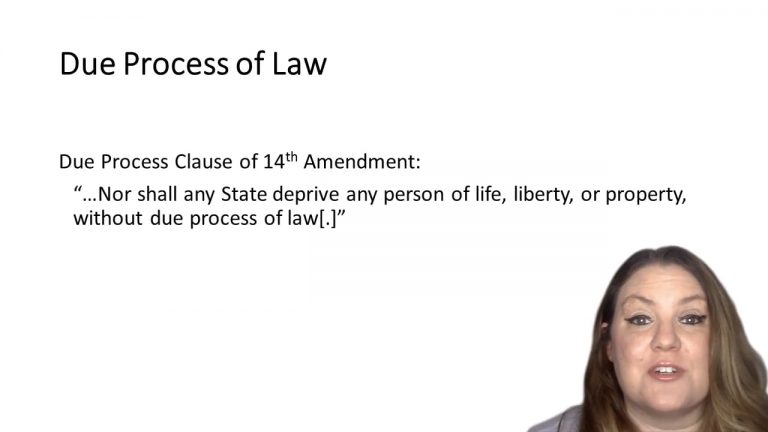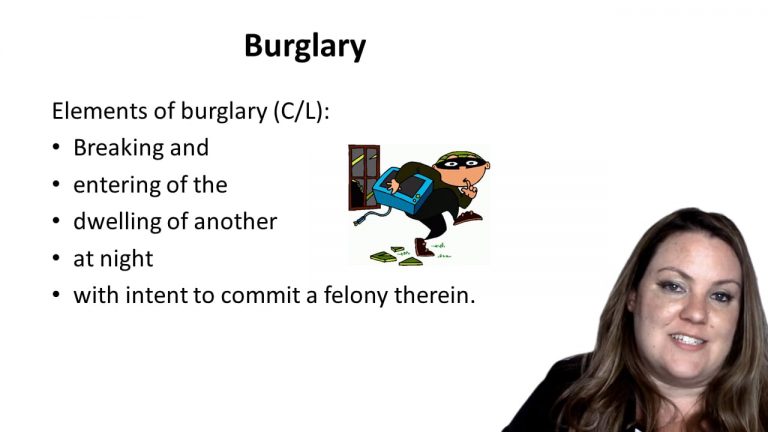SmartBrief
Confirm favorite deletion?
Criminal Law Keyed to Lee
Sessions v. Dimaya
Citation:
138 S. Ct. 1204 (2018)Facts
James Dimaya, a native of the Phillippines, has resided lawfully in the United States since 1992. He was convicted of first-degree burglary twice under California law. Following the second conviction, the Government initiated a removal proceeding against him because the Immigration and Nationality Act (“INA”) subjects a non-citizen convicted of an aggravated felony to deportation. The INA definition of aggravated felony included a residual clause that covered “any other offense that is a felony and that, by its nature, involves a substantial risk that physical force against the person or property of another may be used in the course of committing the offense.”
Both an Immigration Judge and the Board of Immigration Appeals held that first-degree burglary is a crime of violence under this residual clause. While Dimaya’s case was in the Ninth Circuit, the Supreme Court of the United States held in Johnson v. United States that a residual clause in the definition of a violent crime in another criminal act was unconstitutionally vague. Considering that, the Ninth Circuit overturned the lower court’s judgment and held that the similarly worded clause in the INA is also unconstitutionally vague.
Only StudyBuddy Pro offers the complete Case Brief Anatomy*
Access the most important case brief elements for optimal case understanding.
*Case Brief Anatomy includes: Brief Prologue, Complete Case Brief, Brief Epilogue
- The Brief Prologue provides necessary case brief introductory information and includes:
Topic:
Identifies the topic of law and where this case fits within your course outline.Parties:
Identifies the cast of characters involved in the case.Procedural Posture & History:
Shares the case history with how lower courts have ruled on the matter.Case Key Terms, Acts, Doctrines, etc.:
A case specific Legal Term Dictionary.Case Doctrines, Acts, Statutes, Amendments and Treatises:
Identifies and Defines Legal Authority used in this case.
- The Case Brief is the complete case summarized and authored in the traditional Law School I.R.A.C. format. The Pro case brief includes:
Brief Facts:
A Synopsis of the Facts of the case.Rule of Law:
Identifies the Legal Principle the Court used in deciding the case.Facts:
What are the factual circumstances that gave rise to the civil or criminal case? What is the relationship of the Parties that are involved in the case.Issue(s):
Lists the Questions of Law that are raised by the Facts of the case.Holding:
Shares the Court's answer to the legal questions raised in the issue.Concurring / Dissenting Opinions:
Includes valuable concurring or dissenting opinions and their key points.Reasoning and Analysis:
Identifies the chain of argument(s) which led the judges to rule as they did.
- The Brief Prologue closes the case brief with important forward-looking discussion and includes:
Policy:
Identifies the Policy if any that has been established by the case.Court Direction:
Shares where the Court went from here for this case.
Topic Resources
Topic Refresher Course

 2m 6s
2m 6s 5m 52s
5m 52s